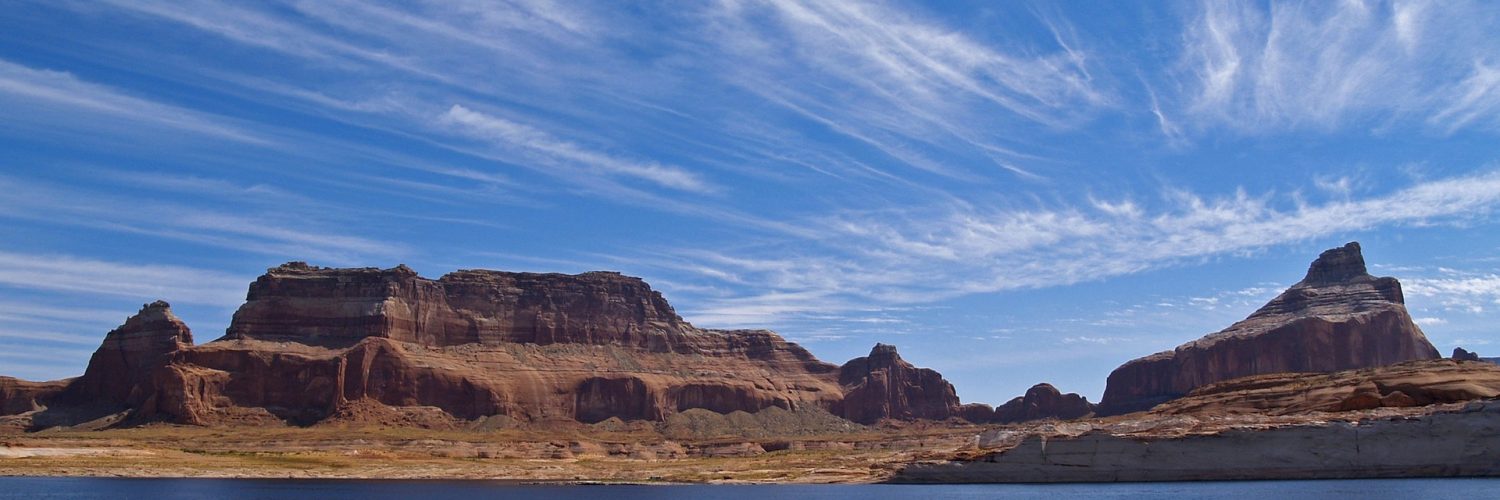Saturday morning rolls around, and you and your family/friends decide to spend the day basking in the sun. You pack up the car, head to the lake, and enjoy a sun-soaked day. You go home having enjoyed the day, likely unaware that you – in tandem with Mother Nature – just helped contribute to Arizona’s economy.
The National Audubon Society, an environmental non-profit, released a study that analyzed the economic impact of Arizona’s rivers, lakes, and streams. Audubon found that over 1.5 million Arizona residents participate in outdoor activities every year, including bicycling, camping, fishing, and hiking.
These Arizona outdoor enthusiasts, as well as non-residents, generated approximately $13.5 billion through these various activities last year. In fact, water-based outdoor activities also supplied the state with 114,000 jobs, $4.5 billion in household income, and $1.8 billion in tax revenues. In other words, when residents and non-residents spend time in the great outdoors, everyone wins.
Audubon policy manager Haley Paul explains the motivation for the illuminating study.
“I think when you think of Arizona, a lot of time people don’t think of water. We actually have some very iconic and important river and lake areas in the state,” Paul said. “Our angle with it is the contributions that these places provide to Arizona locally and the county locally. This stems from the need to put these places on par with other industries. We knew they were important, but we didn’t know how much, so we commissioned this report for lakes and rivers and reservoirs because that data wasn’t out there.”
Statewide, the most popular attractions were picnicking/relaxing, trail sports, fishing, water sports, and wildlife watching. However, the popularity of attractions differed by county. For example, camping and trail sports were significantly more popular in Coconino County, due to the Grand Canyon. On the other hand, wildlife watching was the most attractive to adventurists in Cochise County, home of the San Pedro Riparian National Conservation Area.
“I thought it was interesting the diversity of the state in terms of what local counties offer,” Paul said. “There are different recreational opportunities all along water but depending on where you are in the state, it influences what main activities are offered. It’s cool to see the diverse opportunities that the state has to offer depending on the county.”
The Audubon report describes the importance of this study and Arizona’s aquatic wildlife.
“While we look at the economics of outdoor recreation on Arizona’s rivers, lakes, and reservoirs, it is also important to note the significance of these places culturally, historically, and spiritually to generations of people.” the report states. “Water is rooted in the experiences that so many enjoy in Arizona – it defines much of the region’s history and culture.”
















Add comment